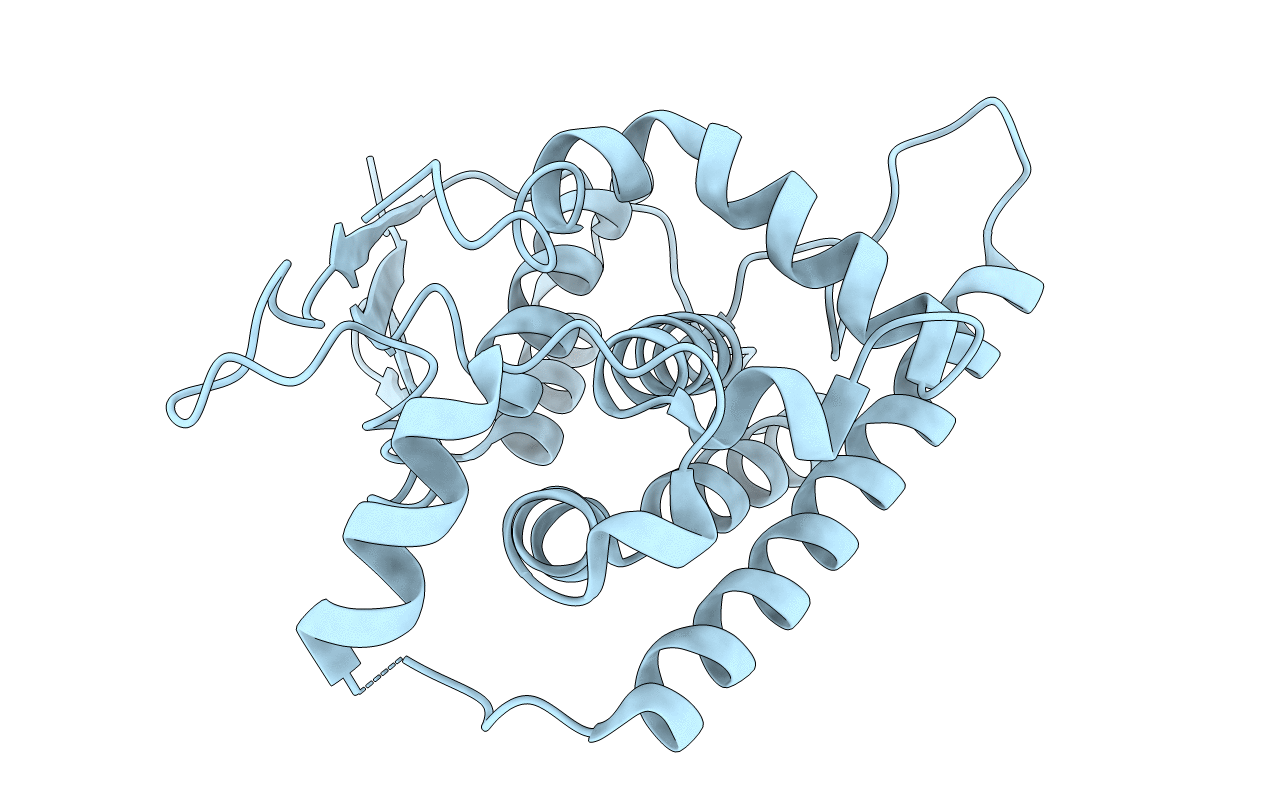
Deposition Date
2021-11-08
Release Date
2022-06-08
Last Version Date
2024-11-20
Entry Detail
PDB ID:
7Q6K
Keywords:
Title:
Crystal structure of the human GDAP1 CMT2 mutant-R120W
Biological Source:
Source Organism:
Homo sapiens (Taxon ID: 9606)
Host Organism:
Method Details:
Experimental Method:
Resolution:
3.41 Å
R-Value Free:
0.29
R-Value Work:
0.25
R-Value Observed:
0.25
Space Group:
P 63 2 2


